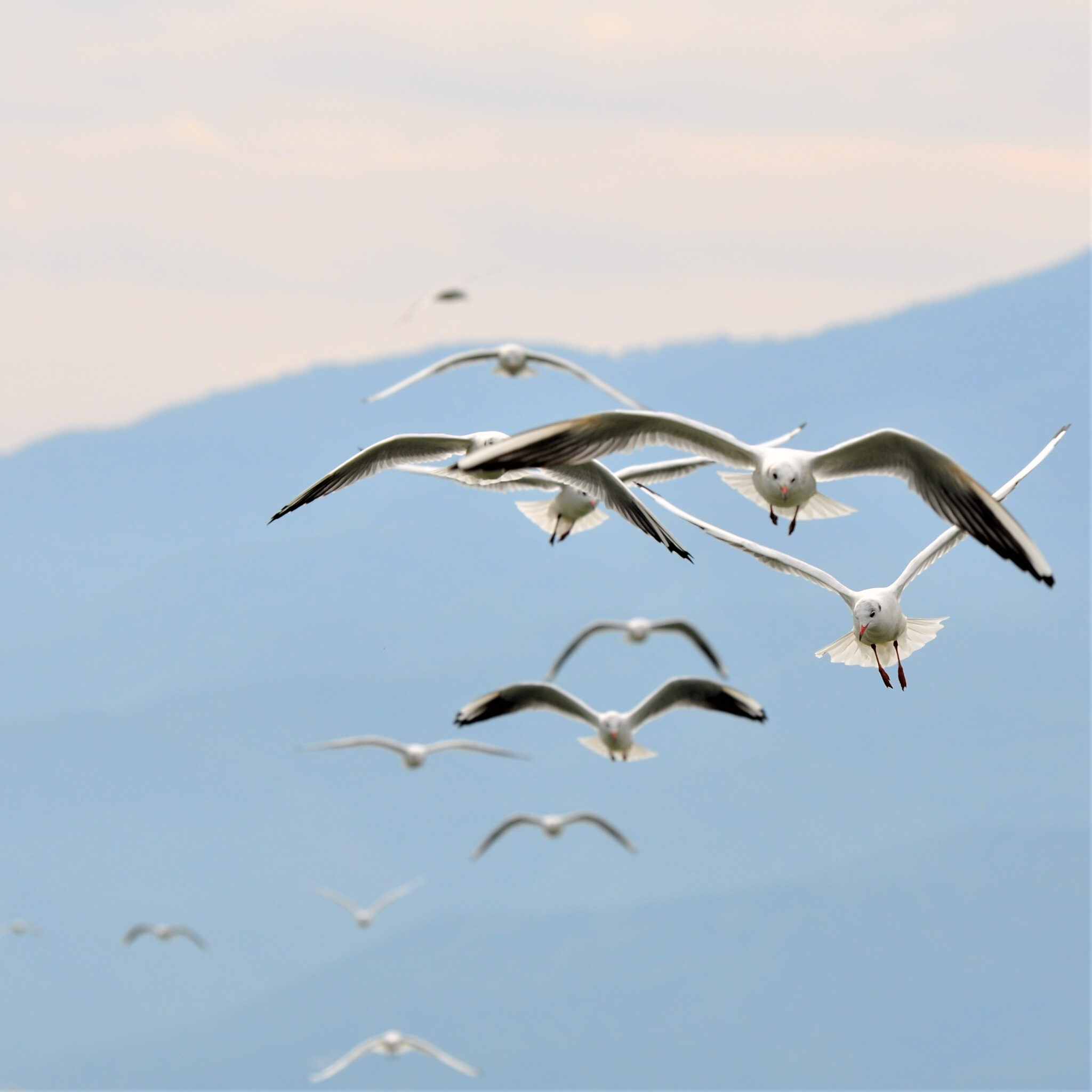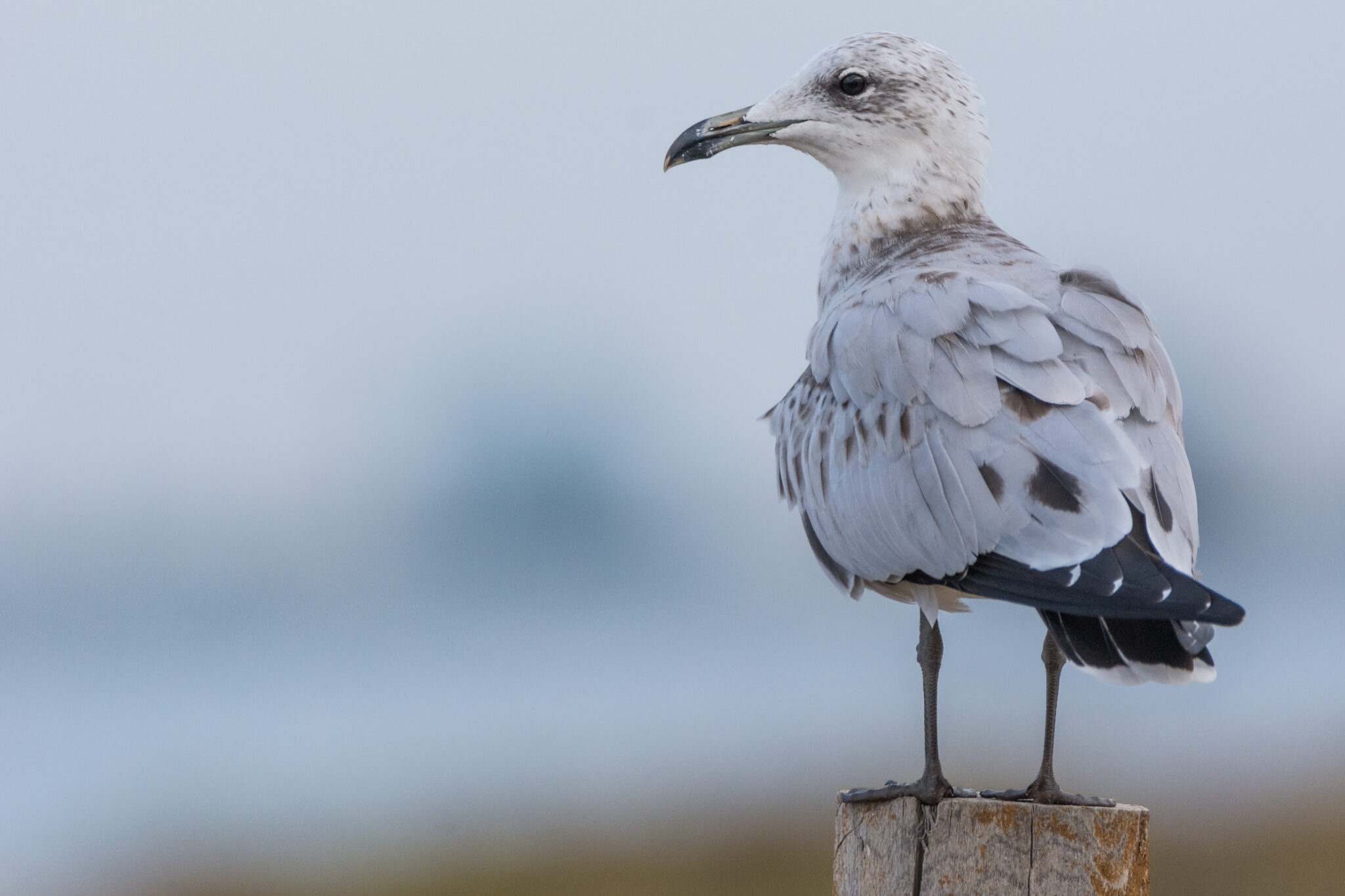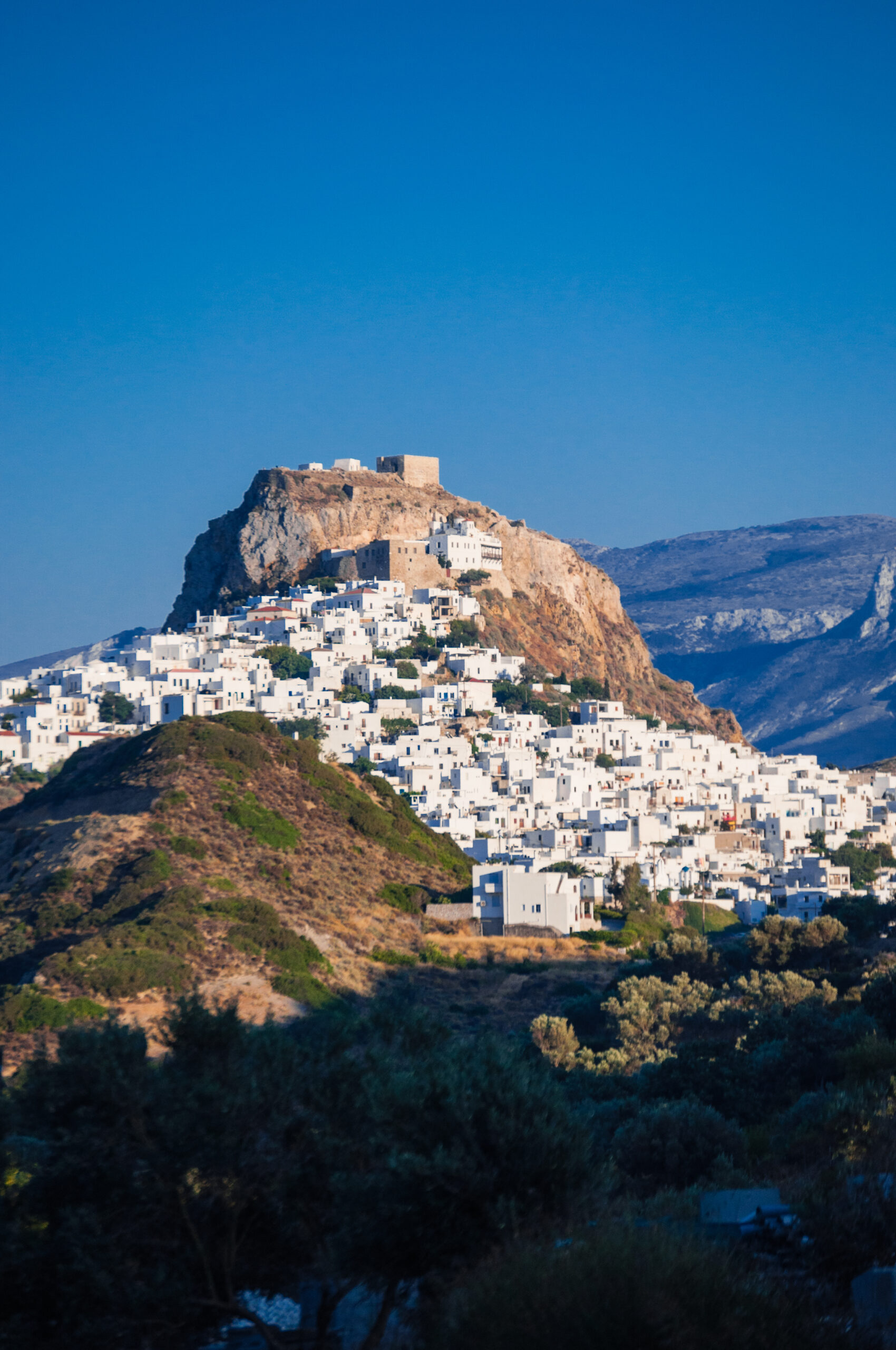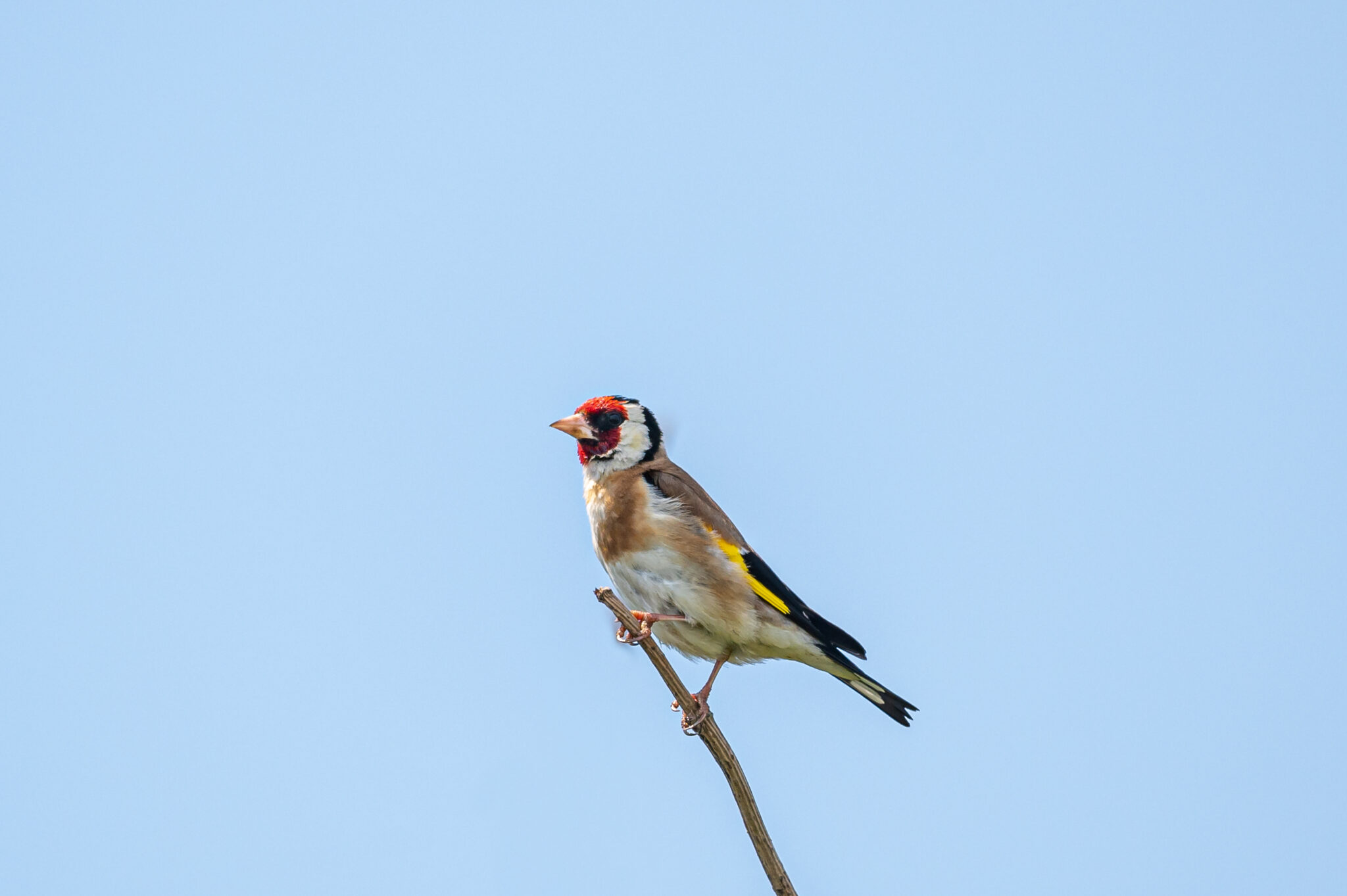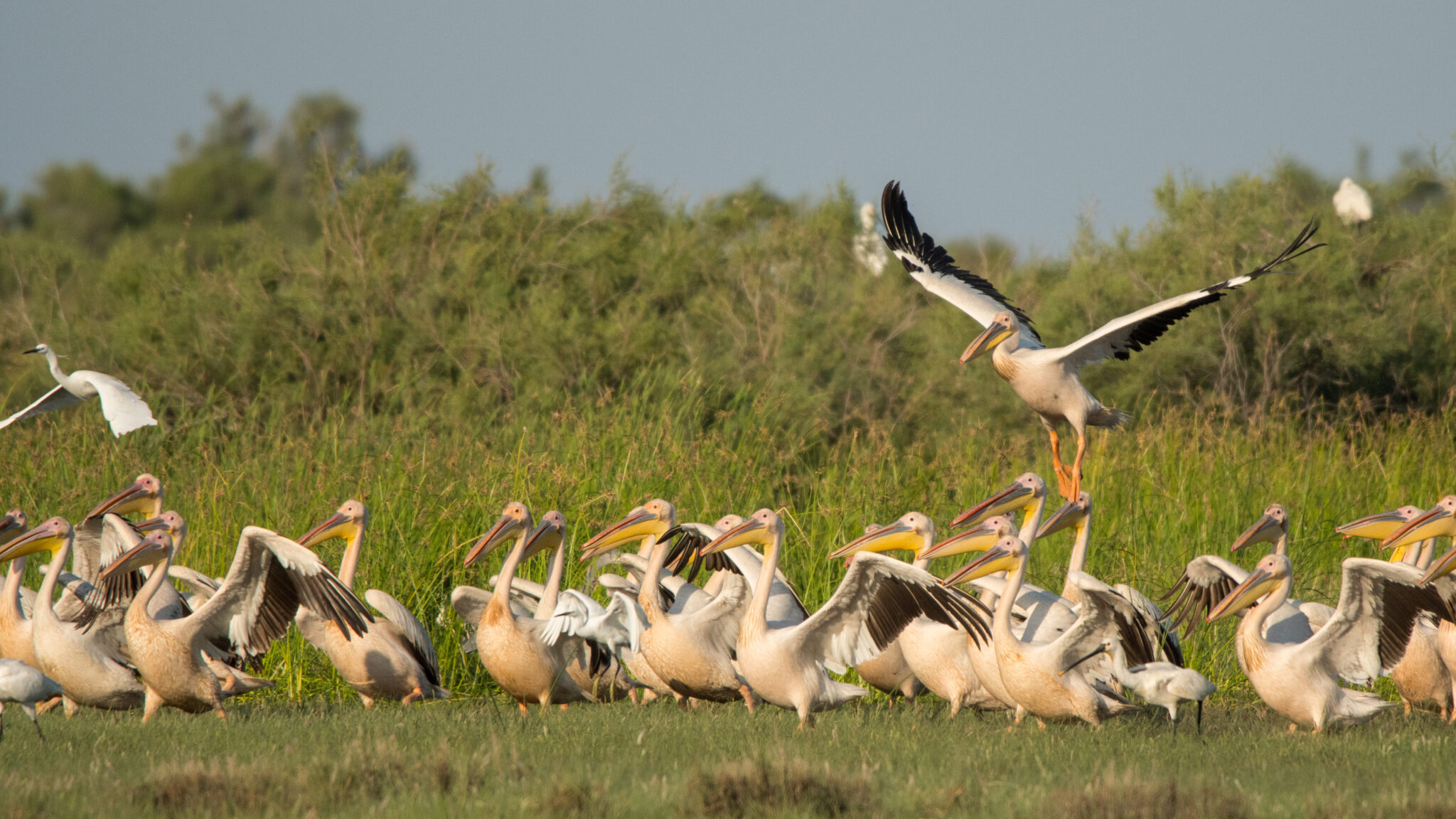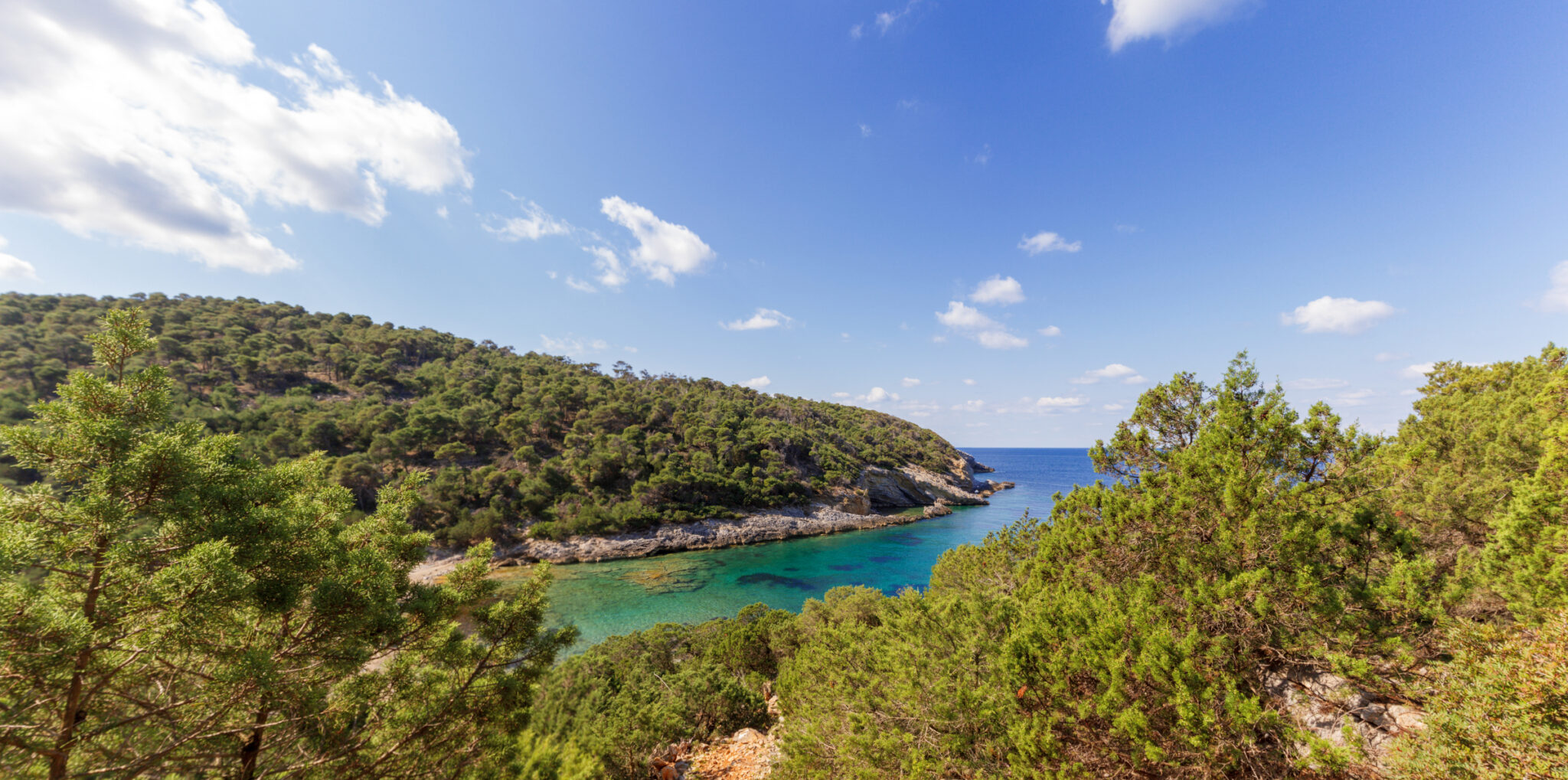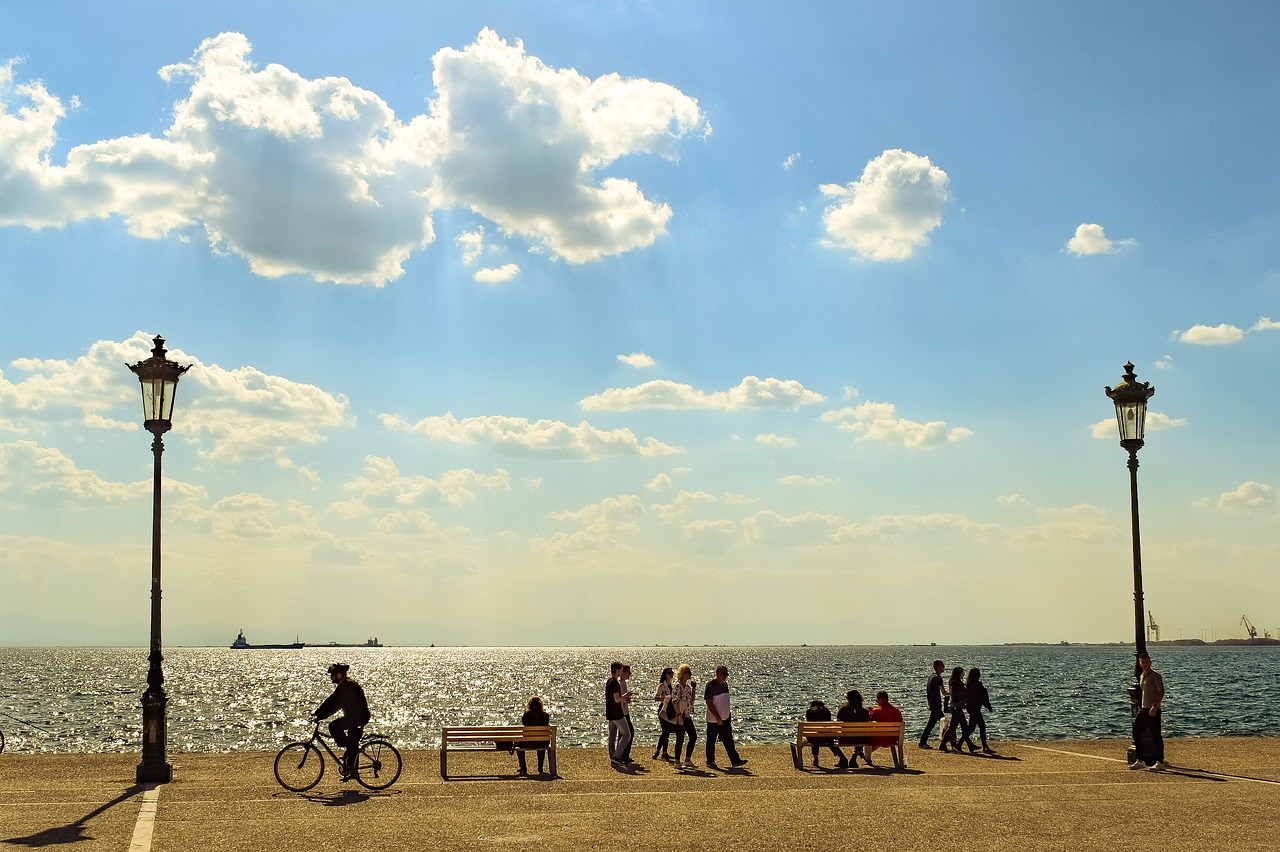Throughout the year, birds are all over Skyros. Skyros, an island of intense contrasts, stands proudly in the middle of the central Aegean Sea. With a remarkable variety of nature reserves, it is a refuge for numerous bird species that either live on the island permanently or pass through on their migration routes. Skyros’ biodiversity shall fascinate both birders and nature photographers. Birds are present all over the island, from coast to coast, all year round.
205 different bird species from 48 different feathered families have been recorded; herons, seabirds, ducks, diurnal and nocturnal raptors, waders, seagulls, terns, columbiformes, swallows, wagtails, wheatears, warblers, thrushes, leaf warblers, corvidae, finches, buntings etc. Three things you need for a complete experience: a pair of binoculars, a bird identification guide and a notebook.
Mount Kochilas; an ideal habitat for rare birds of prey
It is the highest mountain of Skyros. Its size and geographical position along the coast of Skyros make it a stopover site where migratory birds stop to rest, drink and eat. It is also an ideal habitat for rare birds of prey that live on the island, such as Bonelli’s Eagles and Eleonora’s Falcons.
Following the road to Kalamitsa, we approach the mountain from the northwest. First stop: Voukolina. Here, in the small seasonal wetland, finches and buntings preen and quench their thurst, leaving space for passing blackcaps and other migratory small birds.
Kalamitsa; the most important wetland on the island
Due to its size (70 hectars) and its geographical location, Kalamitsa wetland is an important stopover for migratory birds. The perimeter is surrounded by clumps of trees and shrubs, as well as crops, which attract various species of birds, such as shrikes, whinchats, finches and wheatears.
Starting from Agios Nikolaos bay, which borders the wetland, one may scout the beach and rocks for seabirds, such as sea crows, silver gulls and Audouin’s gulls. The best bird-watching spot is the small bridge located in the centre of the southern side of the wetland.
Aspous bay; birding at a slower pace
The area of Aspous consists of a curvy bay, a scenic sandy beach, the neighbouring Achilli bay and the verdant countryside extending to the west. In the two bays, sea crows are a common sight. Less frequently, a few eagles pass through searching for food and a place to rest. Lonely kingfishers, sandpipers as well as cormorants show up from time to time on the rocks or the small pier of Achilli.
Ferekampos’ gully; one of the most important wetlands of the island
Following the route from Hora –the main town on the island- to Ferekampos, we pass through rural areas where we may meet goldfinches, greenfinches, hooded crows and buntings, while in spring and autumn the sky is filled with swallows and swift birds.
Mainly during the migratory periods, but also in winter, herons, glossy ibises, a few ducks and wading birds, western marsh harriers, buzzards, seagulls and terns can be spotted in the gully. Stop at the dirt road on the south side of the gully, the best bird-watching spot. From here you can enjoy an amphitheatric view of the gully.
Kifissos estuary; the best birding spot
Seasonal torrents, such as Kifissos, are typical of small islands like Skyros. Kifissos estuary hosts a rich flora, from willows and plane trees, oleanders and chaste trees to a small reed bed. Due to its small size it attracts only a few species of distinct and easy to observe birds. Black-crowned night herons and little bitterns might surprise the unsuspecting visitor with their presence here.Birders will definitely appreciate the wetland, where –if they look carefully- they might even encounter more quiet species, such as warblers and pullets.
Palamarion Estuary and Trachy plain: Here the visit is necessary
In the northern part of the island, the Palamarion estuary and the plain at Trachy combine perfectly with the magnificent Mediterranean landscape. Within a few tens of hectares, the pastures of the low hills alternate with the plains, the path of the stream with the brushwood, the rocks and the beach with sparse patches of brush. As many and distinct bird species have been recorded here, a birding tour is almost mandatory. Due to the small size of the area, migratory herons, ruffs, common greenshanks, little ringed plovers and western sandpipers, as well as non-migrant birds such as common snipes and a few ducks can be easily spotted here.
*Based on information from the Ecotourist Guide: “Skyros: a journey through the 4 seasons of the year” by the Hellenic Ornithological Society



